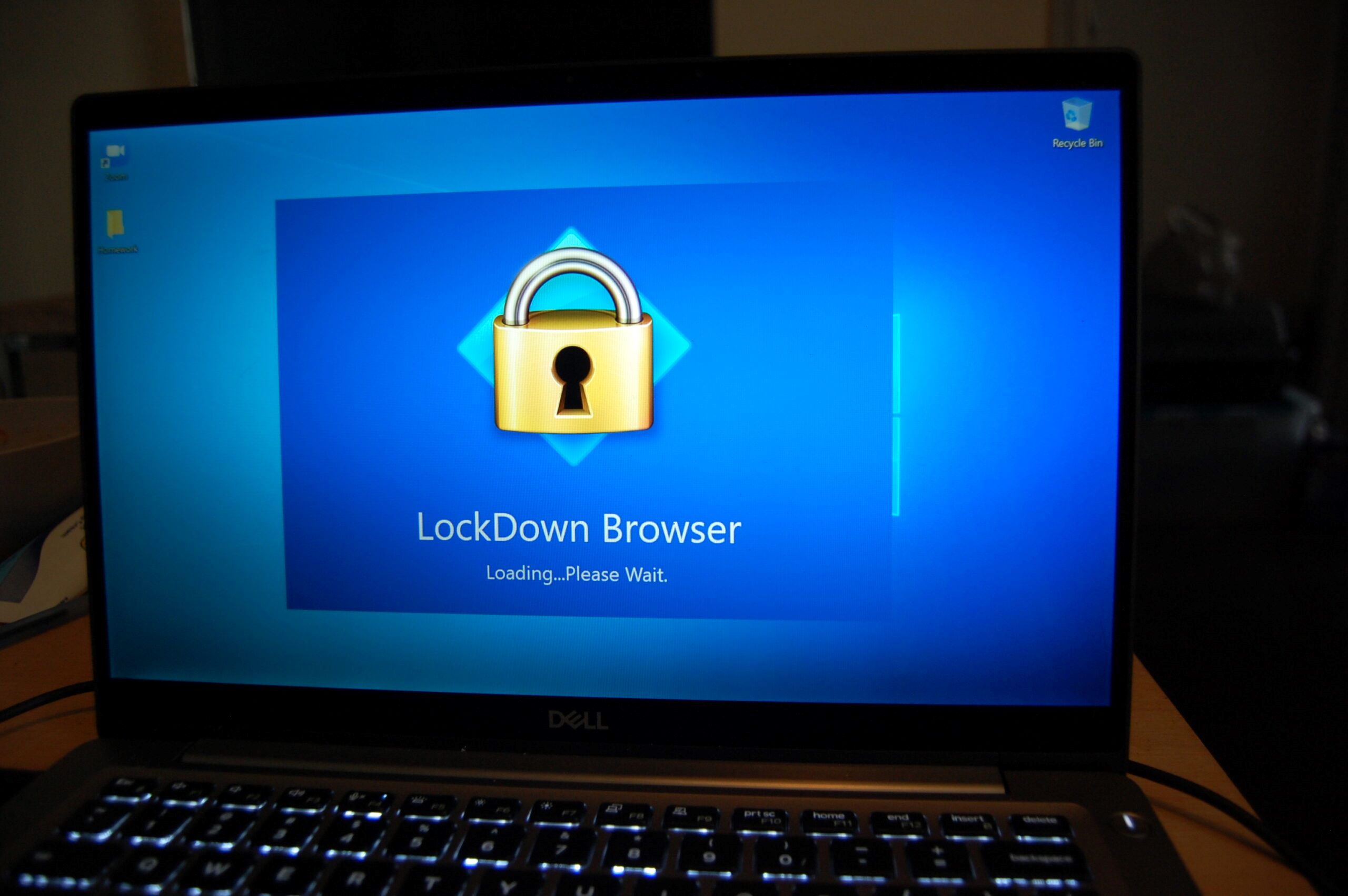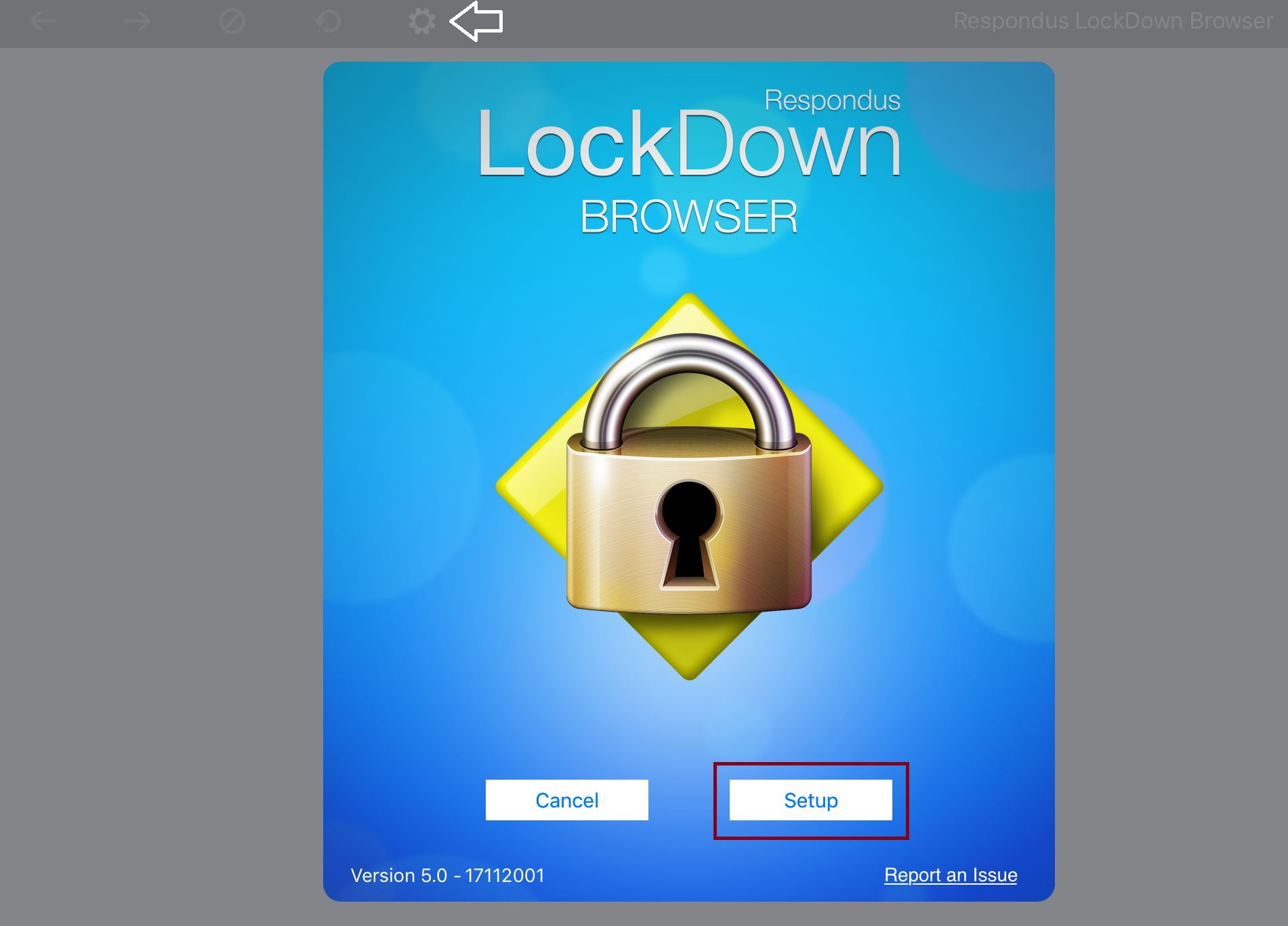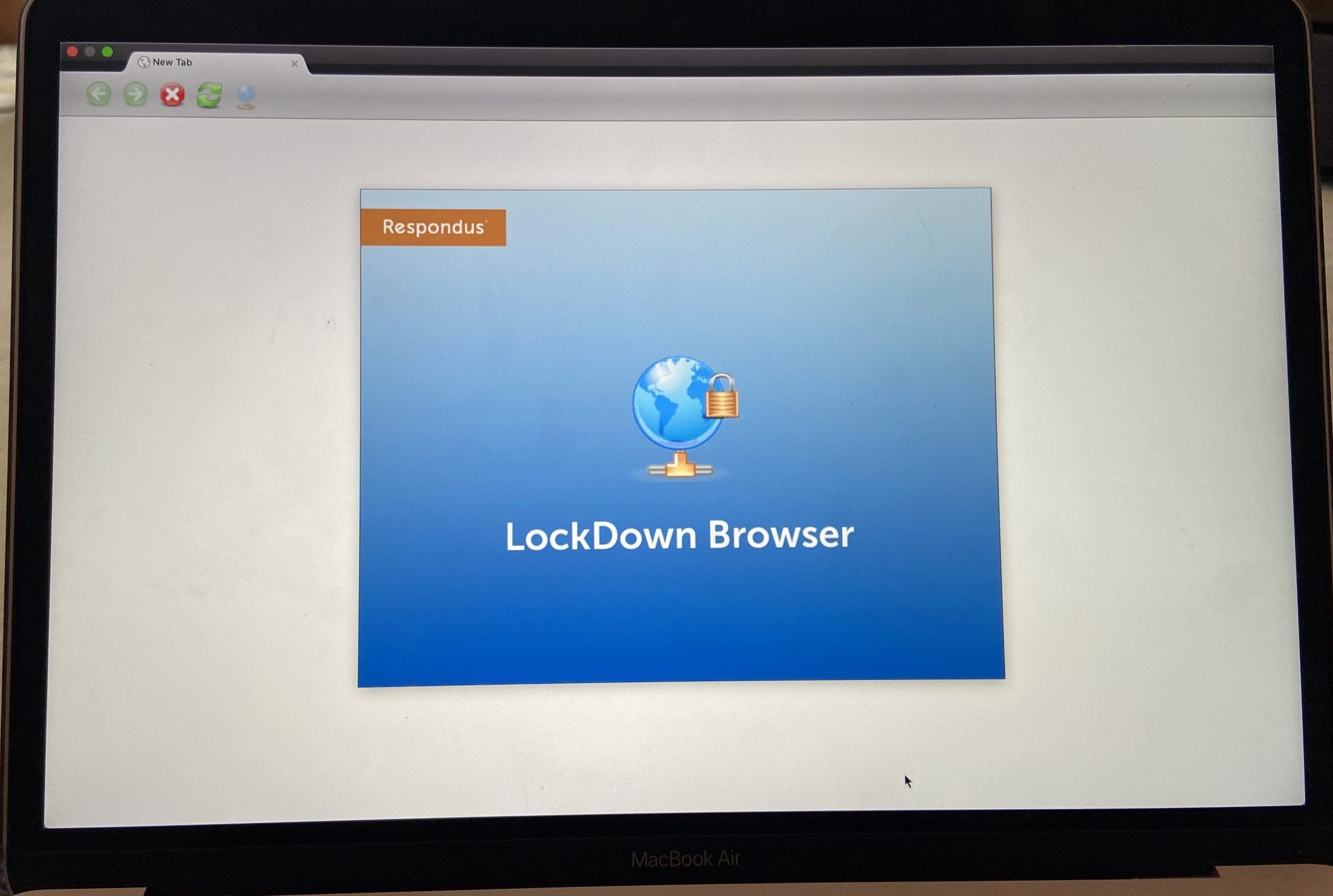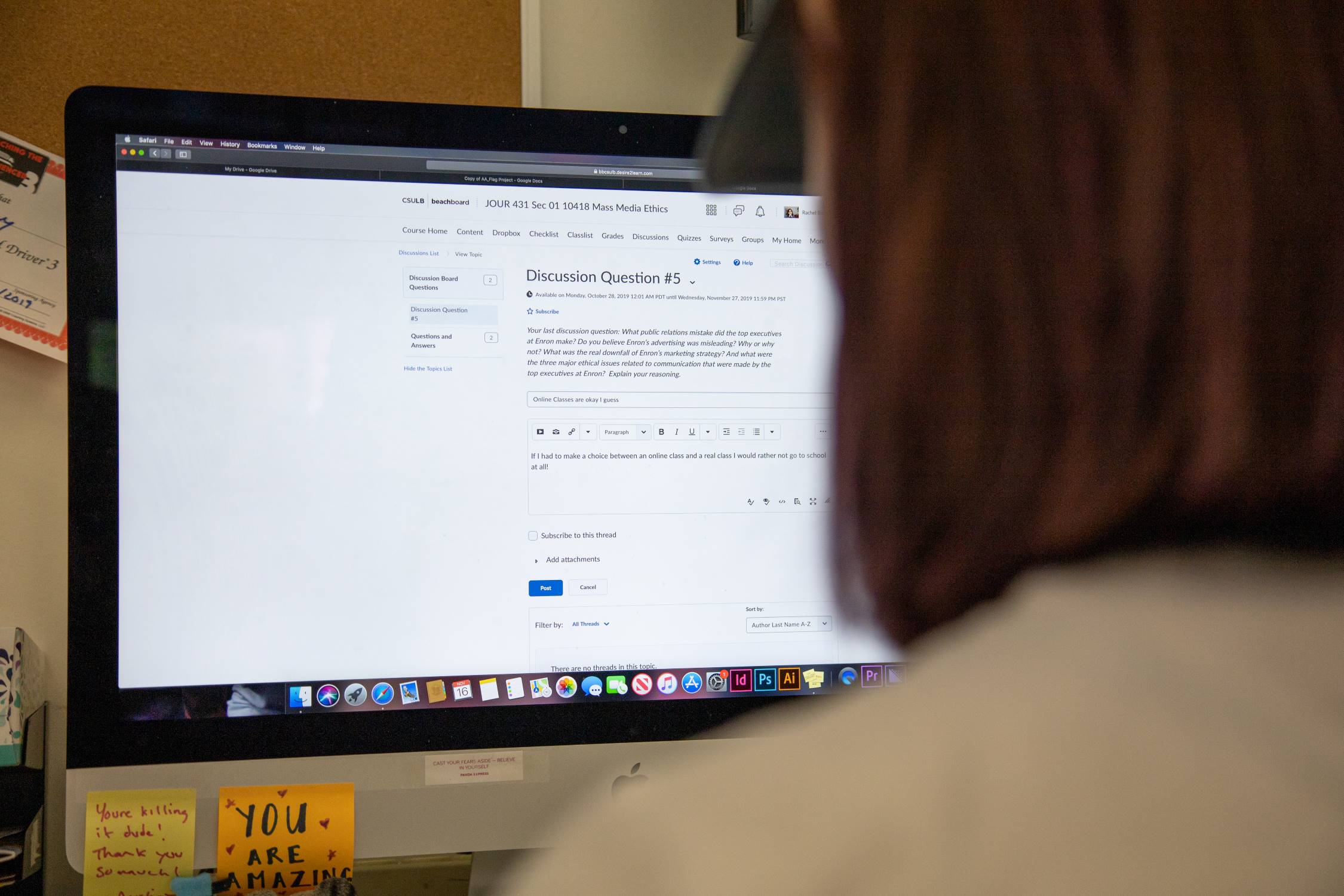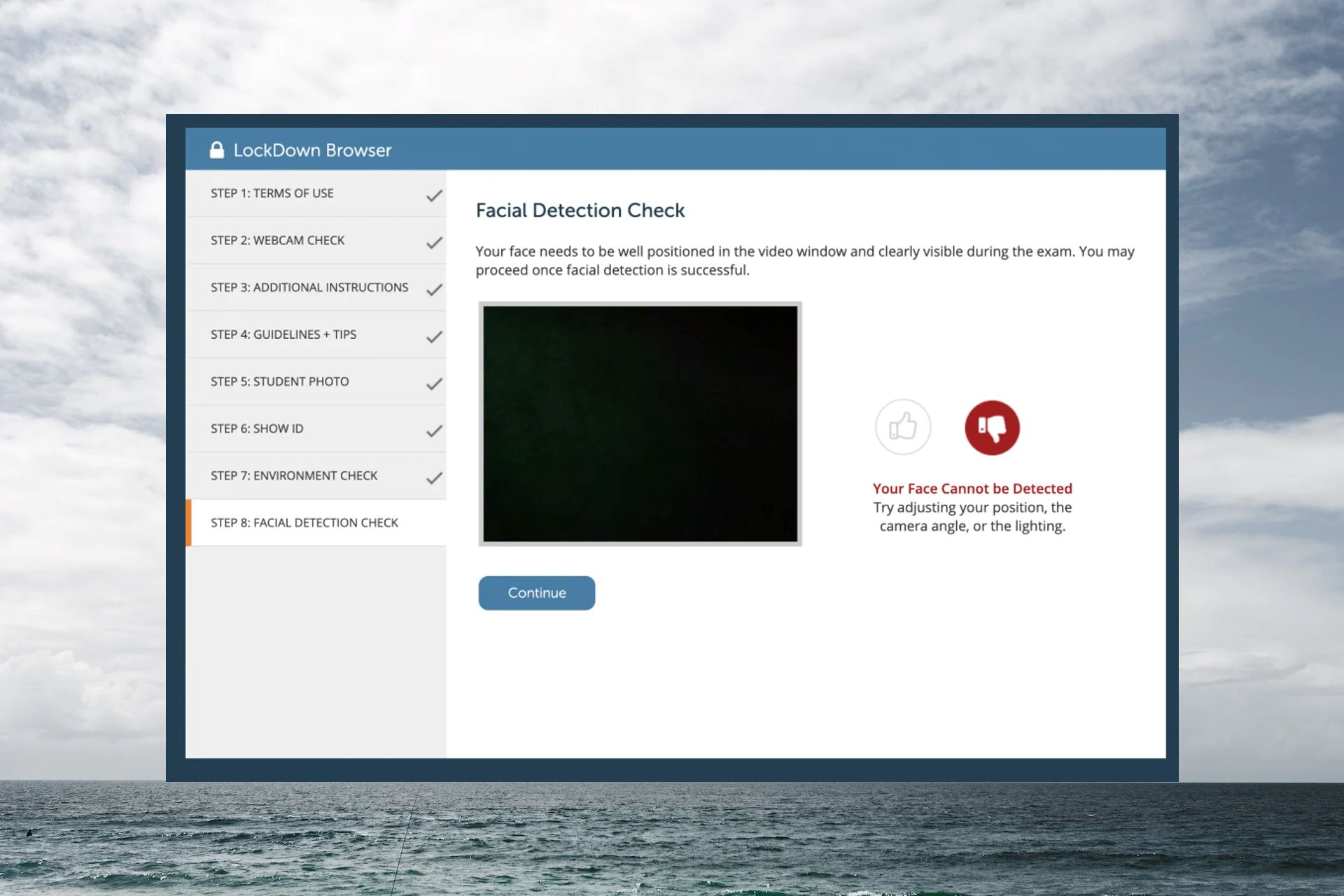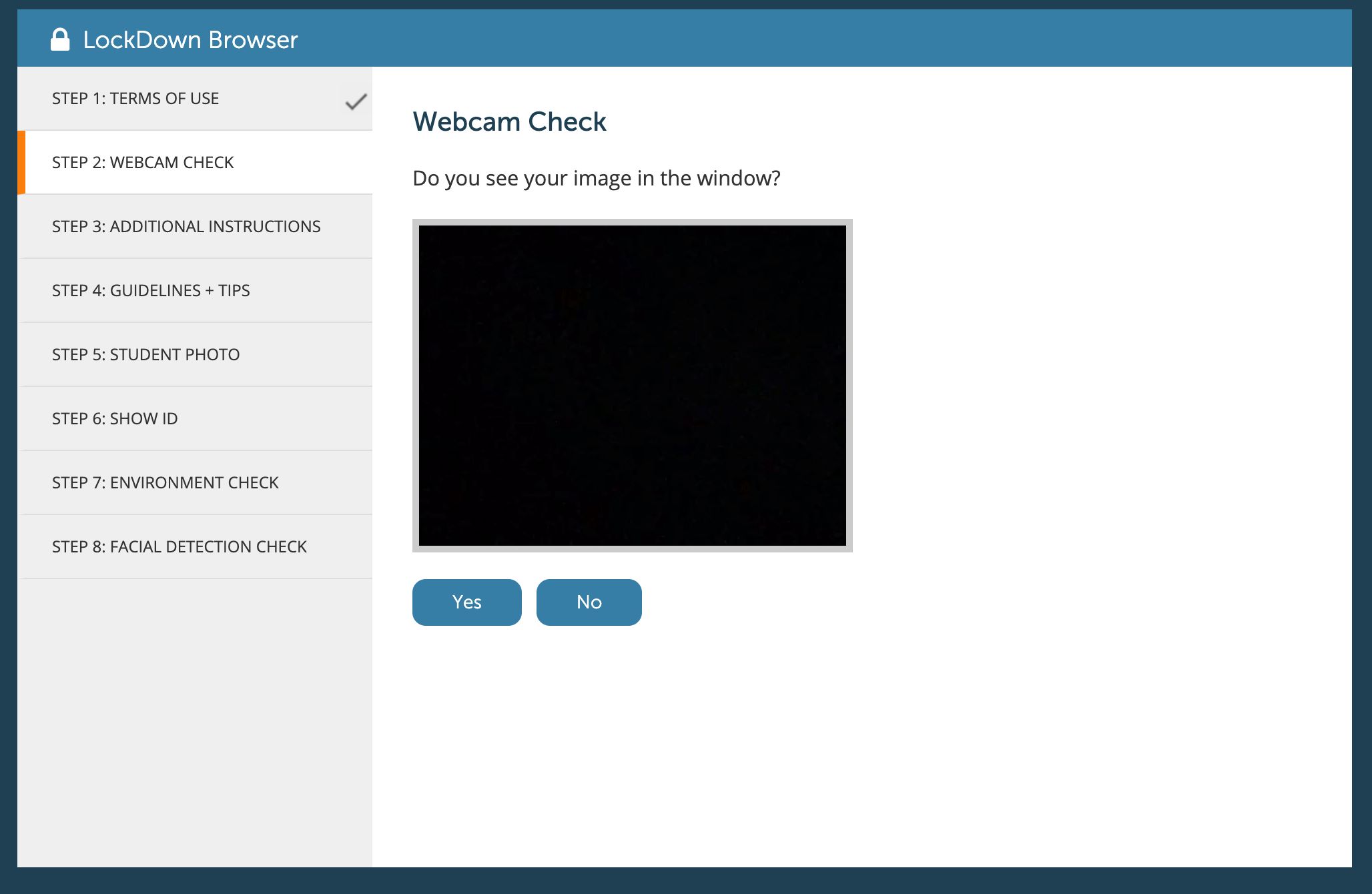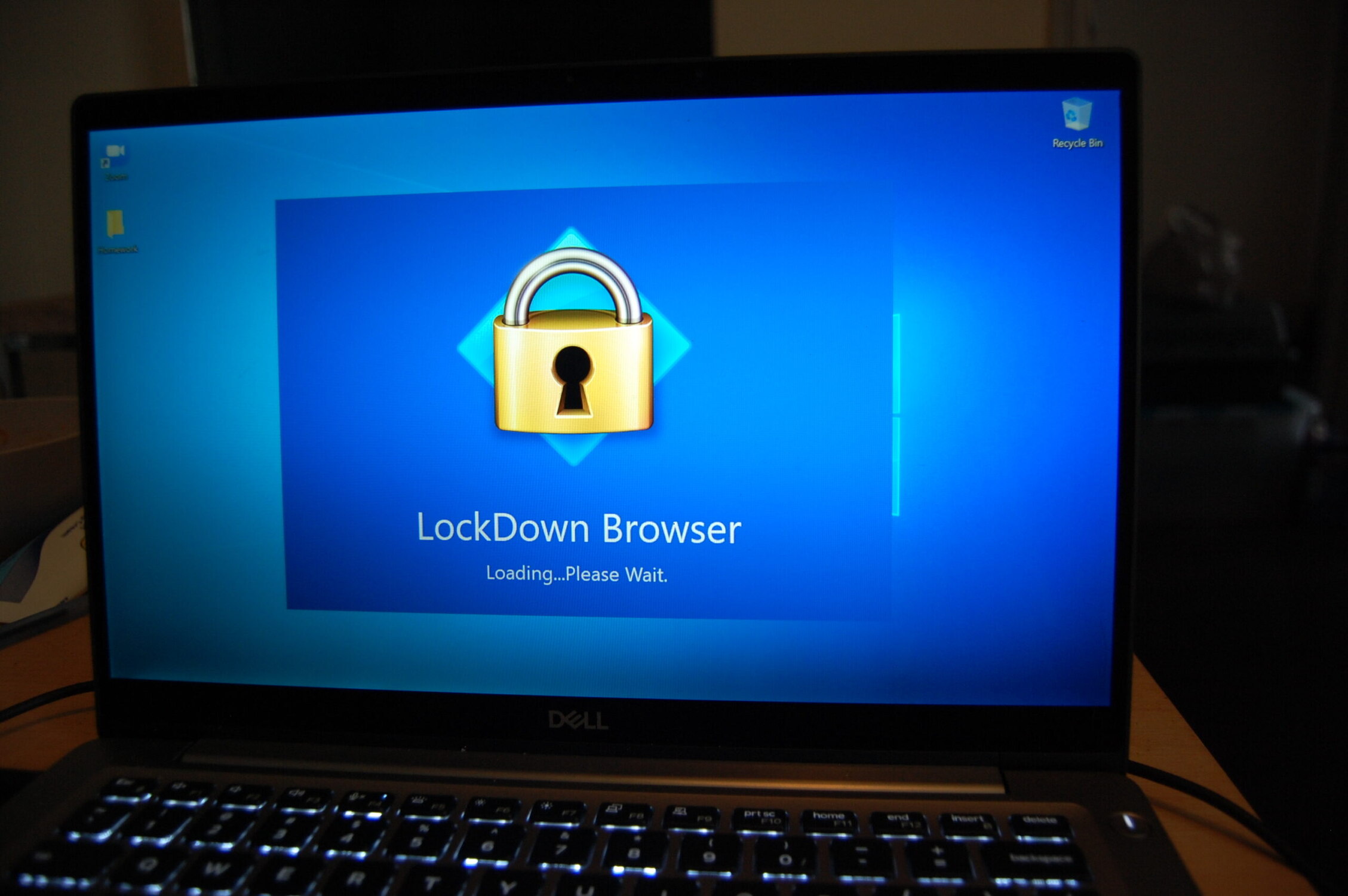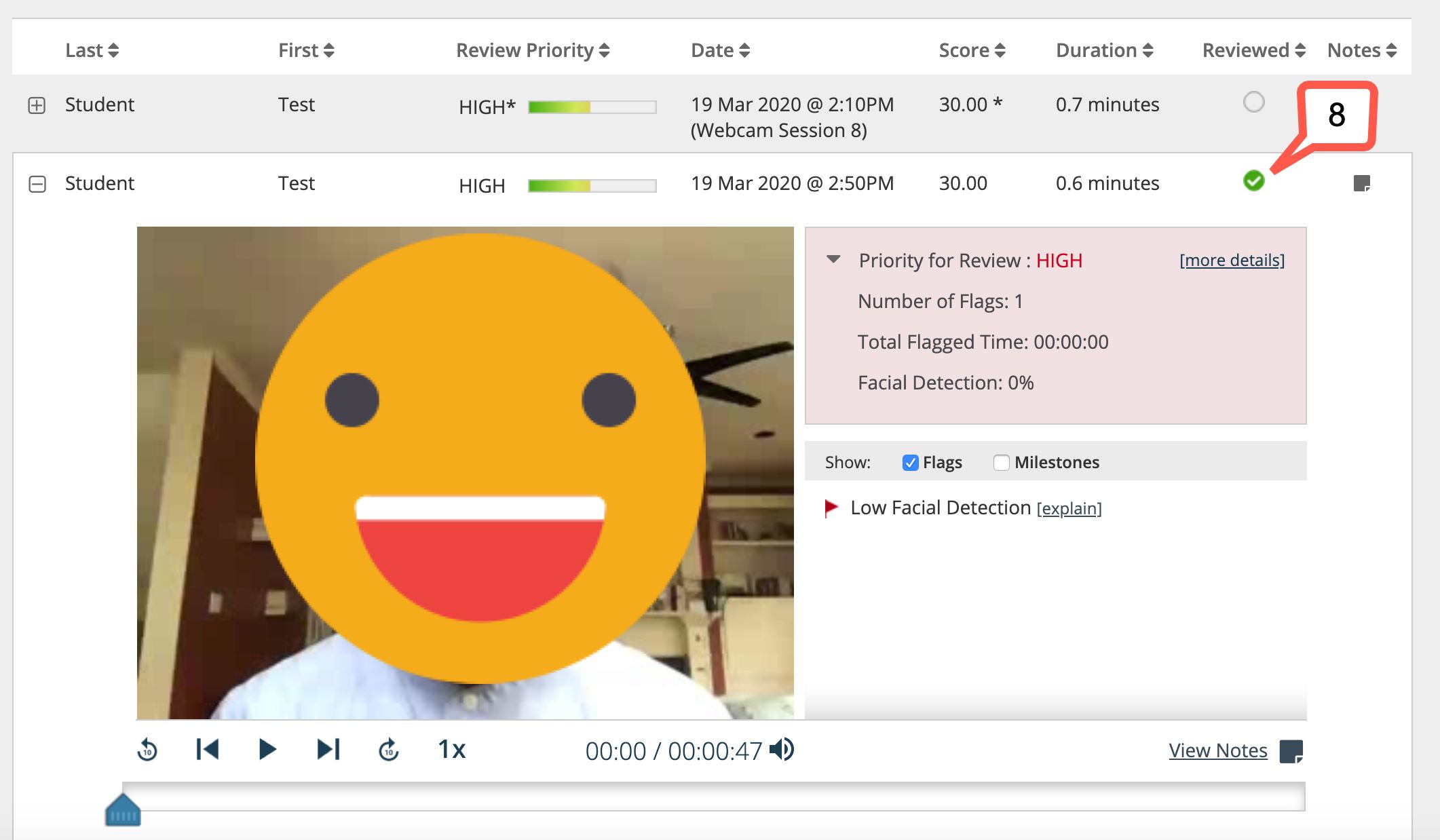Introduction
In today’s digital age, online learning has become increasingly popular, especially with the recent surge in remote education due to the COVID-19 pandemic. However, the rise in online education has also given rise to concerns about academic integrity and cheating during exams. To address this issue, educational institutions have turned to technologies such as Lockdown Browser to ensure the integrity of online assessments.
Lockdown Browser is a customized web browser designed to prevent students from accessing unauthorized resources during online exams. It offers a secure environment that locks down the computer or device being used, restricting access to external websites, applications, and files. As an additional measure, Lockdown Browser employs various detection methods to identify and prevent cheating, providing instructors with confidence in the authenticity of exam results.
This article aims to explore how Lockdown Browser detects cheating during online exams. We will delve into four key methods used by Lockdown Browser to ensure academic integrity: webcam monitoring, screen recording, keystroke analysis, and internet monitoring. By understanding how these features work, we can gain insight into how Lockdown Browser safeguards the integrity of online assessments.
It’s important to note that while Lockdown Browser is a powerful tool for detecting cheating, it is not without its limitations. These limitations will be discussed in detail later in the article. But first, let’s take a closer look at how Lockdown Browser functions and the various mechanisms it employs to identify and prevent cheating during online exams.
What is Lockdown Browser?
Lockdown Browser is a specialized web browser designed to create a secure testing environment for online exams. Developed by Respondus, a leading provider of assessment tools for educational institutions, Lockdown Browser enhances the integrity of online assessments by preventing students from accessing unauthorized resources during exams.
When instructors enable Lockdown Browser for a particular exam, students are required to use this browser to access the exam. Unlike regular browsers such as Google Chrome or Mozilla Firefox, Lockdown Browser disables access to other applications, websites, and files on the computer or device being used, effectively minimizing the potential for cheating.
Lockdown Browser is compatible with both Windows and Mac operating systems, making it accessible to a wide range of users. It is also available for tablets and iPads, allowing students to take exams on these devices as well. Institutions can choose to integrate Lockdown Browser with learning management systems such as Blackboard, Canvas, Moodle, and others, streamlining the exam-taking process for students and instructors alike.
To ensure the integrity of online assessments, Lockdown Browser implements a variety of security measures that go beyond simply disabling access to external resources. These features include webcam monitoring, screen recording, keystroke analysis, and internet monitoring, all of which work together to detect and deter cheating during online exams.
Lockdown Browser has become widely adopted by educational institutions around the world. Its effectiveness in maintaining academic integrity, combined with its user-friendly interface and compatibility with different platforms, has made it a trusted tool for online exams. Now that we have an understanding of what Lockdown Browser is, let’s explore in more detail how it works to detect and prevent cheating during online exams.
How Does Lockdown Browser Work?
Lockdown Browser utilizes several features and mechanisms to ensure the integrity of online exams. These features are designed to detect and prevent cheating in various ways, providing instructors with confidence in the validity of exam results. Let’s explore the key methods employed by Lockdown Browser to maintain academic integrity during online assessments.
1. Webcam Monitoring:
One of the primary methods used by Lockdown Browser to detect cheating is through webcam monitoring. When students are taking an exam using Lockdown Browser, their webcams are activated to capture their facial expressions and movements during the exam. This allows instructors to remotely monitor the test-takers in real time and identify any suspicious behavior, such as looking away from the screen, attempting to use unauthorized materials, or having someone else in the room.
2. Screen Recording:
Lockdown Browser also employs screen recording to deter cheating during online exams. The software records the test-taker’s entire screen activity, including any attempts to switch between applications or access unauthorized websites. This feature helps ensure that students remain within the designated exam environment and discourages them from seeking external assistance or resources.
3. Keystroke Analysis:
Another method employed by Lockdown Browser is keystroke analysis. This feature tracks the keystrokes made by students during the exam, allowing instructors to identify any unusual patterns or discrepancies. Keystroke analysis not only helps detect potential cheating attempts but also provides insights into the test-taker’s typing speed and consistency, which can be useful for verifying the authenticity of their work.
4. Internet Monitoring:
To further enhance its cheating prevention capabilities, Lockdown Browser monitors internet activity in real time. It restricts access to external websites and prevents test-takers from searching for answers or accessing online resources during the exam. By disabling internet access, Lockdown Browser ensures that students rely solely on their own knowledge and understanding to complete the exam.
Overall, Lockdown Browser combines these features to create a secure and controlled testing environment for online exams. By utilizing webcam monitoring, screen recording, keystroke analysis, and internet monitoring, Lockdown Browser significantly reduces the likelihood of cheating and promotes academic integrity. However, it is essential to be aware of the limitations of Lockdown Browser, which will be discussed in detail later in this article.
Detecting Cheating Through Webcam
One of the key methods utilized by Lockdown Browser to detect cheating during online exams is through webcam monitoring. This feature allows instructors to remotely monitor the test-takers in real time using their webcams, enabling them to identify any suspicious behavior that may indicate cheating.
When students are taking an exam using Lockdown Browser, their webcams are activated, capturing their facial expressions and movements throughout the duration of the test. This visual monitoring serves as an effective deterrent against cheating, as students are aware that their actions are being observed.
Webcam monitoring enables instructors to detect various signs of cheating. They can identify instances where test-takers try to use unauthorized materials or reference external resources during the exam. Additionally, instructors can notice any behavior that suggests collaboration or interaction with others, which is not allowed during individual exams.
By analyzing the webcam footage, instructors can easily spot red flags such as a test-taker looking away from the screen frequently or engaging in suspicious movements. These behaviors may indicate that the student is attempting to seek assistance or consultation from someone else in the room, which would compromise the integrity of the exam.
Webcam monitoring is particularly effective in preventing impersonation during exams. The instructor can verify the identity of the test-taker by matching their face with the registered profile picture or ID. This ensures that the person taking the exam is indeed the enrolled student and not someone trying to cheat on their behalf.
It is important to note that webcam monitoring respects students’ privacy and confidentiality. The feature is only activated during the designated exam period and is explicitly used for proctoring purposes. Outside of the exam duration, the webcam functions remain disabled to safeguard privacy.
While webcam monitoring is an effective tool for detecting cheating, it is not without its limitations. Technical issues, such as poor video quality or internet connectivity problems, can impact the accuracy of monitoring. Additionally, some students may have legitimate concerns about privacy and may feel uncomfortable being constantly watched during exams. Educational institutions should address these concerns and provide clear guidelines on how and when webcam monitoring will be used to maintain transparency and fairness.
Detecting Cheating Through Screen Recording
Lockdown Browser utilizes screen recording as a powerful tool to detect cheating during online exams. This feature records the test-taker’s entire screen activity during the exam, providing instructors with a comprehensive record of their actions and behavior.
By recording the screen, Lockdown Browser ensures that students remain within the designated exam environment and discourages them from attempting to switch between applications or access unauthorized websites for assistance. It acts as a deterrent, as test-takers know their actions are being monitored and recorded.
Screen recording allows instructors to review the exam session afterward and carefully analyze the behavior of each test-taker. They can identify any suspicious activities, such as opening unauthorized files or using external applications to seek answers. This provides valuable evidence in uncovering cheating attempts and maintaining the integrity of the exam.
Moreover, screen recording is essential for detecting plagiarism during online exams. Instructors can compare the screen recordings of multiple students to identify similarities in their answers or patterns of copying. This helps to identify cases where students have collaborated or copied answers from external sources, ensuring a fair evaluation process.
Screen recording also contributes to the overall transparency and accountability of the exam process. It provides a detailed record of each test-taker’s actions, ensuring that there is no ambiguity or misunderstanding regarding their conduct during the exam. Instructors can confidently evaluate the authenticity and originality of the answers based on the recorded evidence.
However, it is important to consider the limitations of screen recording. Technical issues, such as low-quality video or audio, can impact the clarity of the recordings. There is also the potential for false positives, where innocent actions may be misinterpreted as cheating based solely on the screen recording. Therefore, it is crucial for instructors to review the recordings in context and consider other evidence before making any conclusive judgments.
The use of screen recording should be implemented with clear guidelines and communication to students. They should be informed about the purpose and scope of screen recording, as well as their rights and responsibilities during the exam. By addressing any concerns and providing proper instructions, educational institutions can ensure an effective and fair utilization of screen recording for cheating detection in online exams.
Detecting Cheating Through Keystroke Analysis
Keystroke analysis is another method employed by Lockdown Browser to detect cheating during online exams. This feature tracks and analyzes the keystrokes made by test-takers throughout the exam, providing valuable insights into their typing patterns and behavior.
By monitoring keystrokes, Lockdown Browser can identify any irregularities or discrepancies that may indicate cheating. For example, sudden changes in typing speed or inconsistencies in the way answers are typed can be red flags for potential cheating. By analyzing the keystrokes, instructors can differentiate between genuine and manipulated responses.
Keystroke analysis can also help detect cases of unauthorized collaboration or assistance. For instance, if multiple test-takers have extremely similar typing patterns or overlap in specific phrases or sentences, it may indicate that they have copied answers or worked together. This allows instructors to identify potential instances of collusion and take appropriate action.
In addition to detecting cheating, keystroke analysis can provide insights into individual test-taker behavior. It can determine the average typing speed, the level of consistency in typing, and the overall fluency in answering questions. These insights can be used to determine the authenticity and originality of each student’s work and contribute to the overall evaluation process.
It is worth noting that keystroke analysis is not limited to identifying cheating attempts during the exam itself. It can also be used as a tool for plagiarism detection after the exam. By comparing the keystrokes of different test-takers, instructors can identify similarities in typing patterns or specific phrases, helping them identify cases of copied work or unauthorized collaboration.
However, it is important to acknowledge the limitations of keystroke analysis. Technical issues, such as delays in capturing keystrokes or inaccuracies in recording, can impact the reliability of the analysis. Additionally, individuals may have natural variations in their typing patterns, making it challenging to differentiate between intentional cheating and individual typing idiosyncrasies.
To ensure the accuracy and effectiveness of keystroke analysis, proper implementation is essential. Up-to-date technology and accurate algorithms are crucial for reliable results. Institutions should also provide clear guidelines to students about the importance of maintaining their own typing style and the consequences of manipulating keystrokes during exams.
When used appropriately and in conjunction with other cheating detection measures, keystroke analysis can be an invaluable tool in maintaining the academic integrity of online exams. It provides instructors with insights into the typing behavior of test-takers and allows them to identify cheating attempts and instances of unauthorized collaboration.
Detecting Cheating Through Internet Monitoring
Internet monitoring is an important feature employed by Lockdown Browser to detect cheating during online exams. By closely monitoring internet activity, Lockdown Browser ensures that test-takers do not access unauthorized websites or search for answers during the exam.
During the exam, Lockdown Browser restricts internet access, disabling the use of external resources such as search engines, online textbooks, or other web-based materials. This prevents students from seeking assistance or copying answers from online sources, fostering a fair and controlled exam environment.
Internet monitoring is particularly effective in preventing plagiarism during online exams. By blocking access to external websites, Lockdown Browser mitigates the risk of students copy-pasting information or directly copying answers from online sources. This ensures that the work submitted by students is their own and based on their understanding of the exam material.
In addition to blocking access to external websites, Lockdown Browser can provide instructors with logs of all websites accessed during the exam. This log allows instructors to review the internet activity of each test-taker and identify any suspicious or unauthorized access. For instance, if a student attempted to open an unauthorized website or clicked on a prohibited link, it would be recorded in the internet monitoring logs.
Internet monitoring also plays a crucial role in preventing test-takers from communicating with others during the exam. By disabling internet access, Lockdown Browser eliminates the possibility of students using messaging apps or online communication platforms to share answers or collaborate. This helps maintain the integrity of individual exams and ensures that each student’s work is independent and fair.
While internet monitoring is a valuable tool for detecting cheating, it is important to consider its limitations. Lockdown Browser cannot monitor offline resources or physical materials that students may have access to during the exam. Furthermore, it is possible for students to access the internet using secondary devices or applications not controlled by Lockdown Browser. Therefore, it is essential for educational institutions to combine internet monitoring with other cheating detection methods for comprehensive exam security.
Communication and transparency are critical when implementing internet monitoring. Students should be made aware of the restrictions and the rationale behind them to ensure a clear understanding of the rules and expectations. Providing guidance on approved resources and addressing any concerns about privacy or false positives will help foster a positive and secure exam environment.
Overall, internet monitoring serves as an effective safeguard against cheating during online exams. By preventing access to external websites and tracking internet activity, Lockdown Browser ensures the integrity of exams and promotes fairness in assessment outcomes.
Limitations of Lockdown Browser
While Lockdown Browser is a powerful tool for detecting and preventing cheating during online exams, it is important to recognize its limitations. Understanding these limitations can help educational institutions make informed decisions about its implementation and take additional measures to address potential challenges.
1. Technical Limitations: Lockdown Browser relies on the stability of the internet connection and the functionality of the devices being used. Technical issues such as internet outages, computer crashes, or compatibility problems can disrupt the exam-taking process and impact the accuracy of cheating detection measures.
2. Offline Resources: Lockdown Browser focuses primarily on preventing online cheating by restricting internet access. However, it cannot monitor offline resources or physical materials that students may have access to during the exam. Students may still be able to refer to textbooks, notes, or other printed materials during the exam, which may compromise the integrity of the assessment.
3. Secondary Devices: Lockdown Browser aims to create a secure exam environment on the primary device being used. However, it cannot control or monitor secondary devices that students may have access to. Students may use secondary devices, such as smartphones or tablets, to access external resources or communicate with others, which can undermine the effectiveness of Lockdown Browser.
4. Technical Expertise: Lockdown Browser assumes that all students have sufficient technical knowledge to install and use the browser correctly. However, some students may encounter difficulties in navigating or using the software, leading to potential disruptions or misunderstandings during the exam.
5. Privacy Concerns: The use of features such as webcam monitoring and screen recording raises concerns about student privacy. Students may feel uncomfortable being constantly watched or having their screen activity recorded. Clear communication about the purpose and scope of these features, as well as adherence to privacy regulations and guidelines, is crucial to maintaining trust and addressing privacy concerns.
6. False Positives: Lockdown Browser relies on automated algorithms to detect cheating attempts. Although these algorithms are designed to identify suspicious behavior, there is a possibility of false positives, where innocent actions may be flagged as cheating. Instructors should carefully review the evidence and consider other factors before making any conclusive judgments.
It is important for educational institutions to be aware of these limitations and take them into account when implementing Lockdown Browser. Supplementing its usage with manual monitoring or additional anti-cheating measures can help mitigate these limitations and improve the overall effectiveness of maintaining academic integrity during online exams.
Overall, while Lockdown Browser is a valuable tool in deterring and detecting cheating, it is essential to acknowledge its limitations and consider a multi-faceted approach to ensure comprehensive exam security and maintain fairness in the assessment process.
Conclusion
Lockdown Browser is a powerful tool that plays a crucial role in maintaining the integrity of online exams. By creating a secure testing environment and implementing various cheating detection measures, Lockdown Browser helps educational institutions ensure fair and reliable assessments.
Through features like webcam monitoring, screen recording, keystroke analysis, and internet monitoring, Lockdown Browser provides instructors with valuable insights into test-takers’ behaviors during exams. This significantly reduces the likelihood of cheating and promotes academic honesty.
However, it is important to recognize the limitations of Lockdown Browser. Technical issues, offline resources, secondary devices, and privacy concerns are factors that institutions must consider when implementing this software. It is crucial to address these limitations through clear communication, proper guidelines, and supplementary measures to enhance exam security.
In conclusion, Lockdown Browser serves as an essential tool to deter and detect cheating during online exams. By utilizing its features effectively and understanding its limitations, educational institutions can maintain the integrity of assessments and provide a fair evaluation for all students. As technology continues to evolve, it is essential for institutions to stay informed about advancements in cheating detection tools and adapt their strategies accordingly to ensure the continued credibility of online education.







